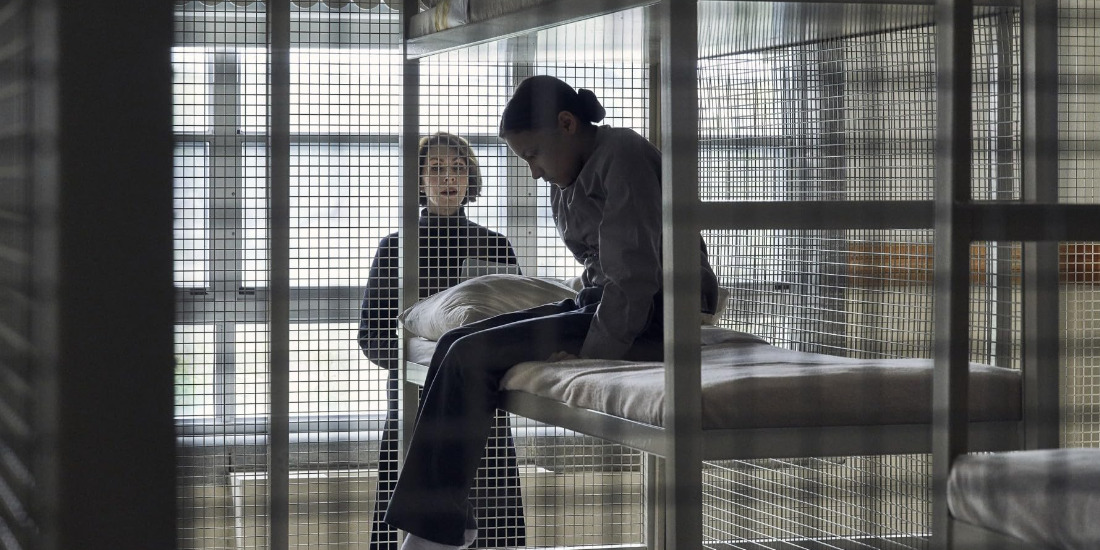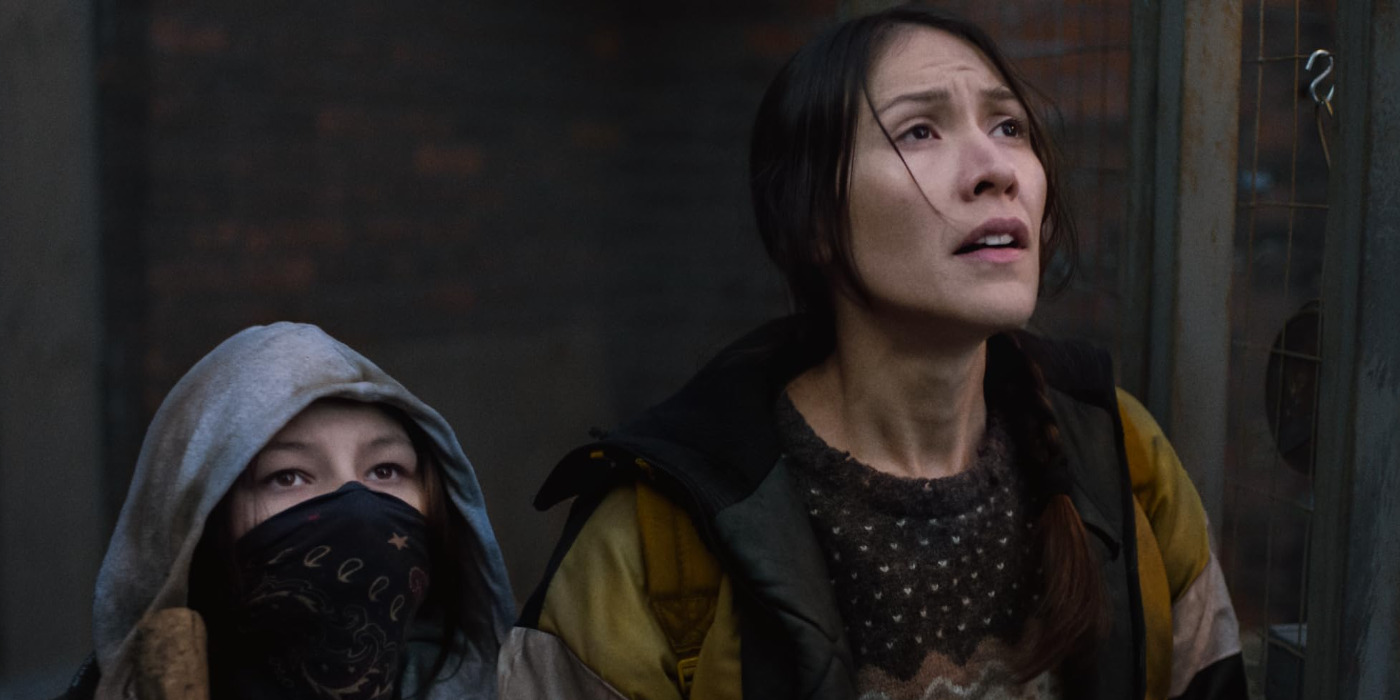The dystopian movie, ‘Night Raiders,’ revolving around a mother-daughter relationship under a totalitarian government’s oppressive regime, tells a story about hope and incessant resistance. The story follows Niska and her pre-teen daughter, Waseese, who are torn apart after the military government discovers the latter and takes her away to be raised as a soldier in the Emerson Academy. However, a chance meeting with a rebellion group populated with Indigenous individuals and the survivors they helped rescue offers a chance for Niska to save her daughter.
The film, distinguished within the dystopian genre through the involvement of numerous Indigenous filmmakers and actors, never shies away from evoking imagery or thematic resonance that remains reminiscent of a vast Native culture. Consequently, the story features significant utilization of a non-English language, often without subtitles, to highlight the characters’ roots. Thus, viewers may find themselves curious about the language equipped within the film.
Night Raiders Equips The Cree Language To Tell Its Story
While the majority of ‘Night Raiders’ is in English, characters, especially the elders in Ida’s rebellion, often choose to speak in their Native Cree tongue. Although these instances are translated for the audience via other characters to ensure the flow of the plot remains seamless, there is a noticeable absence of subtitles. However, considering the stark lack of representation in mainstream media for Indigenous languages, the choice becomes imbued with intent.

The film’s storyline itself is distinctly Indigenous in origin. The primary plotline of an oppressive government imposing forced separation between parents and kids parallels the historical reality that several Native American and Canadian tribes underwent in the past. Furthermore, the propaganda-infused education provided to kids, labeled in the film as “brainwashing,” also remains reminiscent of the traumatic history behind American and Canadian boarding schools for the Indigenous population in the 1800s.
Thus, with a narrative focusing on Indigenous characters and their fight for survival in the future that mirrors the real-life history of those before them, the addition of the Cree language, without the crutch of English subtitles, offers a uniquely personalized experience to Indigenous fans. The film’s writer/director, Danis Goulet, evoked similar emotions while discussing her film with CBR.
“For the Indigenous community— well, for my Cree and Métis communities back home, but for the broader Indigenous nations too— I hope that when folks watch it, they feel like it belongs to them because I made it for them,” said the First Nations filmmaker. “I feel like it’s incumbent upon me— well, at least I feel this way— to give hope, to pass on hope, because we have actually been through incredibly horrific experiences. I wanted to talk about the impact of what these colonial policies have done on all aspects of Indigenous life. But I also wanted to show the love, the humor, the resilience, the perseverance, and all of these things that are so beautiful that should be celebrated.”


You must be logged in to post a comment.